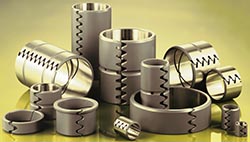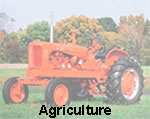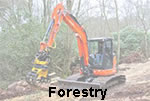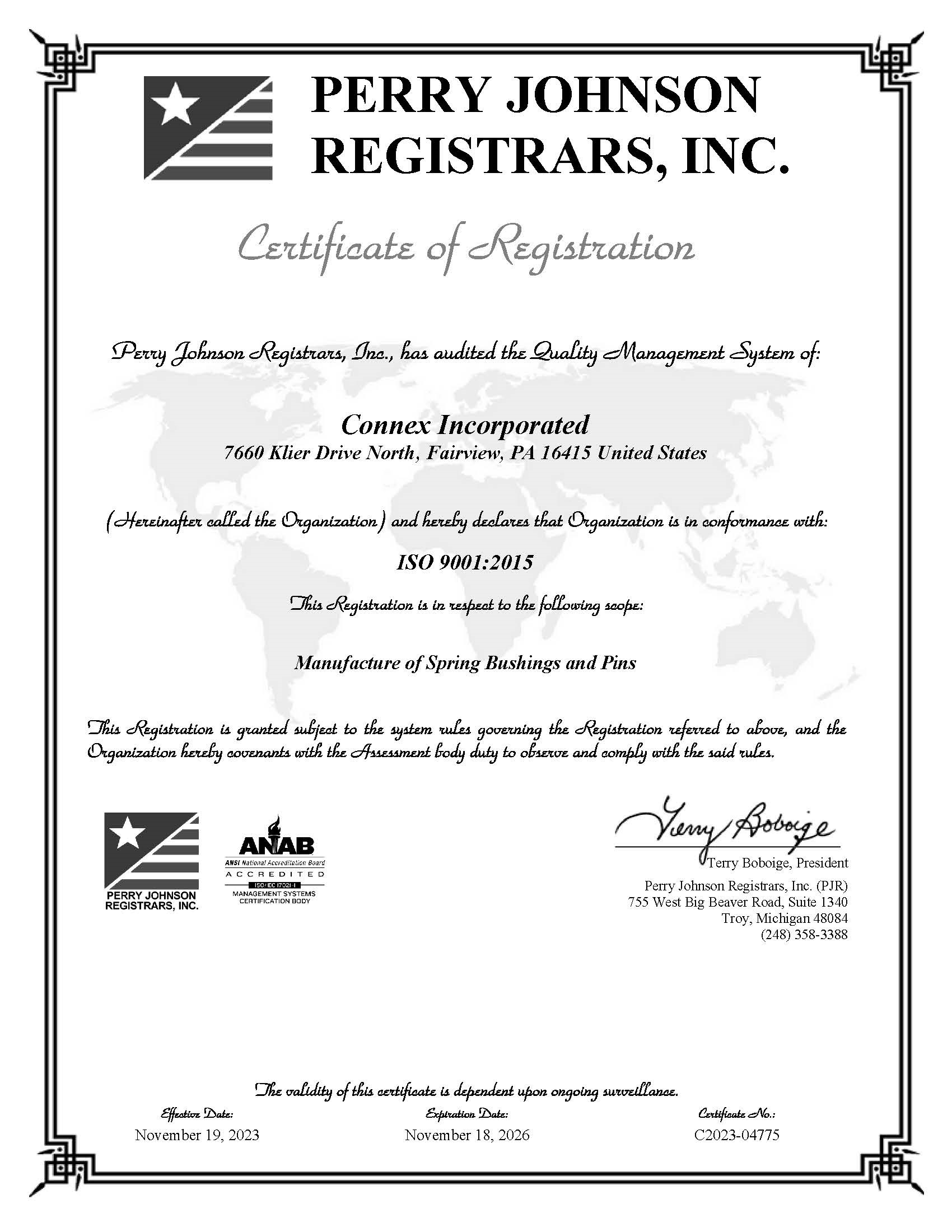CONNEX Spring Bushings |
Seating Capacity/Insertion Force
|
Determination of insertion force of the spring bushing: The insertion force is the maximum force required to press the spring bushing into the housing. It depends on how much the bushing is oversized in reference to the nominal OD, the tolerance of the housing bore, the chamfer, the tooth spacing and lubrication used in assembly. An increasing force is applied to the spring bushing until it enters into the housing bore. The force is measured and classified as the insertion force. |

|
|
|
Determination of spring bushing seating capacity: The seating capacity of the spring bushing corresponds with the pressing force necessary to move the bushing out of the housing bore, i.e., to overcome static friction. Inspection bores used for testing purposes are, as a rule, more precise than housing bores of manufactured components. Therefore, laboratory results are for reference values only. It should be noted that the ejection force is somewhat lower than the insertion force. |
Approximate Ejection Force of Some Bushing Sizes: |
|
|
1.5 x 1.25 x 1.25 2 x 1.5 x 1.5 2.375 x 2 x 2 2.75 x 2.375 x 2.375 3.25 x 2.75 x 2.375 3.5 x 3 x 2.75 |
450 to 675 lbs 495 to 715 lbs 560 to 785 lbs 580 to 800 lbs 675 to 900 lbs 785 to 1000 lbs |
|
|
In many applications, the seating capacity is a dominant factor. It is important that the tolerance of the housing bore meet the requirements of our standards. Please contact a CONNEX representative for recommended housing diameters. When higher seating capacity is needed, special measures may be incorporated in manufacturing. These must be agreed to by the customer in advance. |
||
CONNEX Spring Bushing Material:Spring steel AISI 6150Because high resistance to wear and shock loads are required in many spring bushing applications, material quality is an important consideration. That is why a high quality AISI 6150 spring steel was selected. Chemical Analysis: |
|||||
|
|
Carbon Manganese Chrome Vanadium |
0.48 - 0.55% 0.60 - 1.10% 0.75 - 1.20% 0.10% Min |
Silicon Phosphorus Sulfur |
0.40% Max 0.035% Max 0.040% Max |
|
|
CONNEX Spring Bushings are through-hardened to a Rockwell C of 44 to 50. For special applications, the hardness may be increased or decreased depending on requirements. |
|||||
Click here for the Hardness Comparison Table |
|||||
|
CONNEX Spring Bushing are normally used in highly loaded bearing applications and, as a rule, are not lubricated. However, in some applications, the use of lubricant with graphite grease serves to reduce noise and restrict the entry of contaminates. |
|||||






